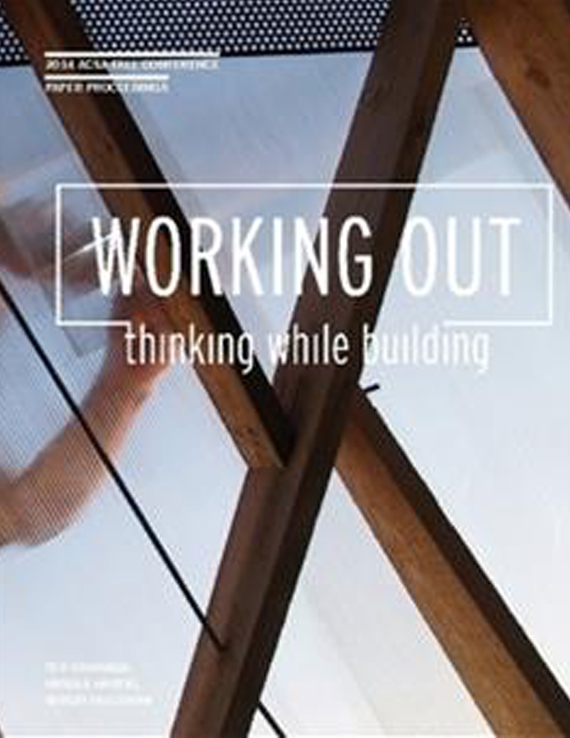Author(s): Peter Fattinger
The choice of an appropriate design-build assignment is a key-factor for the success of a university based design-build project. The paper discusses the pros and cons of different building-tasks as basic conditions for a learning-project.In contrast to classical architectural practice, where architects are hired to design a certain building, the construction-task of design-build projects is very often selected on the universities, faculties or students own initiative. This means a huge opportunity, and accordingly responsibility for the ones who decide over the building-task. There is a wide range of motivations and framework-conditions which effect this decision.It is noticeable that social aspects occupy a large place in the selection of the design-build task. Under the headings of “socially responsible architecture”, “community action”, “urban activism” or “humanitarian design” architecture schools undertake projects, which try to make a positive impact on the society in general. Another essential claim in the thematic orientation of the work of many DB programs is, to offer a scope for experimentation to the students. Universities are encouraged in their role as pioneers of innovations and design-build programs can serve as test-field for ideas and experiments, which are not restricted by the economic and time constraints of a traditional business environment. Apart from diverse motivations also limitations like available timeframe, group size or possibilities of financing are crucial for the size, complexity and type of the targeted design-build task and are therefore essential for the functioning of the overall project.While some design-build programs, like the “Yale Building Project”, “Studio 804” of Kansas University or the “Tulane Urban Design-Build Program”, stick to one specific type of building, in this case “Affordable Housing”, other programs like the “Rural Studio”, “Basic Initiative”, “Parsons Design Workshop” or the “Design-Build Studio of Vienna University of Technology” change their building tasks from project to project, working for example on schools, pavilions and community centers. By means of diverse best practice examples, this paper will point out very different thematic foci of design-build tasks: Small Intervention vs. Large Scale Project, Experimental Focus vs. Social Effect, Temporary Structure vs. Permanent Building, Public Facility vs. Private House, Local Initiative vs. Global Mission. Their specific potentials and possible shortcomings will be discussed in relation to the design-build learning outcome as well as in relation to the entire project.
Volume Editors
Sergio Palleroni, Ted Cavanagh & Ursula Hartig
ISBN
978-0-935502-94-7

 Study Architecture
Study Architecture  ProPEL
ProPEL 
